Blog
Types of Miniature Circuit Breakers (MCBs) & Their Uses
Updated on Dec 2024
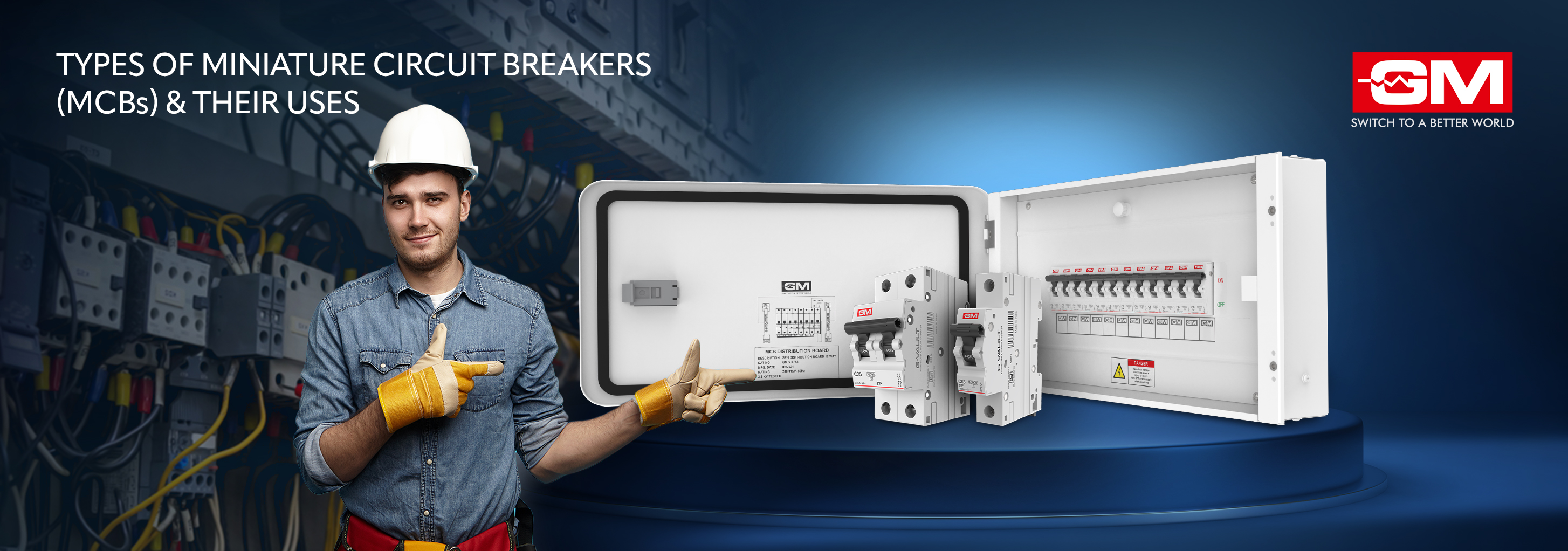
Electricity is the backbone of modern living, powering everything from homes to industrial facilities. However, electrical systems come with risks like short circuits and overloads. This is where Miniature Circuit Breakers (MCBs) play a vital role. MCBs ensure safety by automatically cutting off power during electrical faults, preventing damage to appliances and reducing fire hazards. Let’s explore the types of MCBs, their working principles, and their uses.
What is an MCB?
An MCB (Miniature Circuit Breaker) is an electromechanical device designed to protect electrical circuits from damage caused by overcurrent or short circuits. Unlike fuses, which require replacement after tripping, MCBs can be easily reset, making them more durable and efficient.
MCBs are an integral part of modern electrical setups, offering tailored solutions for residential, commercial, and industrial applications. Choosing the right MCB types ensures optimal safety and efficiency.
MCB Types and Their Uses Based on Tripping Characteristics
MCBs are categorised by their trip curves, which define the amount of current required to trip the circuit. The most commonly used types include Type A, B, C, D, K, and Z. Each type serves specific applications:
1. Type A MCB
● Tripping Threshold: Trips when the current exceeds 2–3 times the rated current.
● Applications: Highly sensitive, used in precision instruments and electronic devices.
● Use Case: Suitable for environments with minimal current surges, like semiconductor circuits.
2. Type B MCB
● Tripping Threshold: Trips when the current exceeds 3–5 times the rated current.
● Applications: Ideal for residential circuits.
● Use Case: Protects household wiring and appliances like lights and fans from overloads.
3. Type C MCB
● Tripping Threshold: Trips when the current exceeds 5–10 times the rated current.
● Applications: Common in commercial and light industrial setups.
● Use Case: Protects circuits powering devices like air conditioners, fluorescent lights, and motors.
4. Type D MCB
● Tripping Threshold: Trips when the current exceeds 10–20 times the rated current.
● Applications: Used for high inrush current equipment.
● Use Case: Suitable for heavy-duty appliances such as X-ray machines, elevators, and large motors.
5. Type K MCB
● Tripping Threshold: Trips when the current exceeds 8–12 times the rated current.
● Applications: Designed for heavy loads with frequent switching.
● Use Case: Ideal for industrial machinery like compressors and winding motors.
6. Type Z MCB
● Tripping Threshold: Trips when the current exceeds 2–3 times the rated current, similar to Type A but more precise.
● Applications: This is a different type of MCB which protects highly sensitive electronic devices.
● Use Case: Used in laboratory equipment and sophisticated electronics.
MCB Types and Their Uses
1. Residential Circuits
● Type B MCBs are most commonly used in homes.
● They protect appliances like lights, heaters, and refrigerators from overcurrent.
2. Commercial Applications
● Type C MCBs are preferred in commercial environments.
● These MCBs handle circuits with higher power requirements, such as those for lighting systems and HVAC units.
3. Industrial Equipment
● Type D MCBs are ideal for protecting industrial machinery with high starting currents.
● Common in factories and warehouses for equipment like conveyor belts and large motors.
4. Precision Electronics
● Type A and Type Z MCBs safeguard sensitive equipment like medical devices and laboratory instruments.
Why Use MCBs?
1. Safety
MCBs ensure safe operation by detecting overloads and short circuits, and automatically disconnecting the power to prevent hazards.
2. Reliability
Unlike fuses, MCBs do not require replacement after tripping. They are resettable, making them reliable and cost-effective.
3. Precision
Different MCB types are tailored to specific applications, providing accurate protection for diverse electrical setups.
4. Durability
MCBs are robust and designed for long-term use, reducing maintenance costs and downtime.
Understanding MCBs and their applications is crucial for safe and reliable electrical systems. Also Read: The Importance of MCB in Electrical Safety.
Key Features of GM Modular MCBs
At GM Modular, we offer a wide range of MCBs designed for various applications. Our MCBs are:
● Wide Range Application: Suitable for residential, commercial, and industrial uses.
● Advanced: Equipped with enhanced tripping mechanisms for maximum safety.
● Reliable: Built to withstand high inrush currents and ensure long-term performance.
Popular GM Modular MCB models include:
- G-Vault MCB: Available in various ampere ratings and configurations like SP, DP, and TP.
- G-Linc MCB: Designed for industrial-grade protection.
- G-Home MCB: Perfect for home installations, offering maximum safety for everyday appliances.
How to Choose the Right MCB
When selecting an MCB, consider the following:
- Current Rating: Choose an MCB with a current rating that matches your circuit’s load.
- Tripping Curve: Identify the trip curve that suits your application, whether residential or industrial.
- Number of Poles: Ensure the MCB covers all phases of your electrical system (e.g., SP for single-phase, DP for two-phase).
- Compliance: Opt for MCBs that meet safety standards for reliable operation.
MCBs are indispensable for ensuring the safety and reliability of electrical systems. Understanding Miniature Circuit Breaker types and their uses can help you choose the best solution for your needs. GM Modular’s advanced MCB uses provide unparalleled protection for homes, offices, and industrial setups, making them the ultimate choice for modern electrical safety. Invest in GM Modular MCBs today for peace of mind and long-term reliability!
Related Blogs
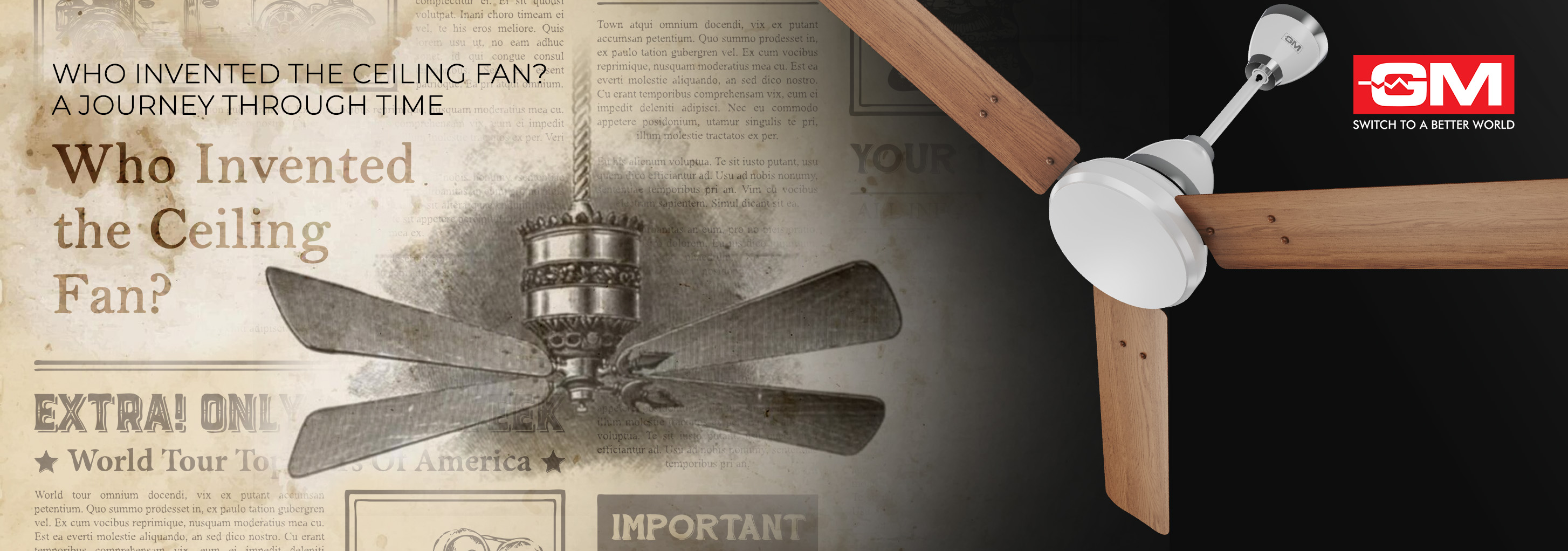
Who Invented the Ceiling Fan? A Journey Through Time
Ceiling fans are a quiet yet transformative part of life at home, offering comfort, style, and energy savings all year round. But not many of us know about the invention of the ceiling fan and how this humble device revolutionised modern living. To a
Read More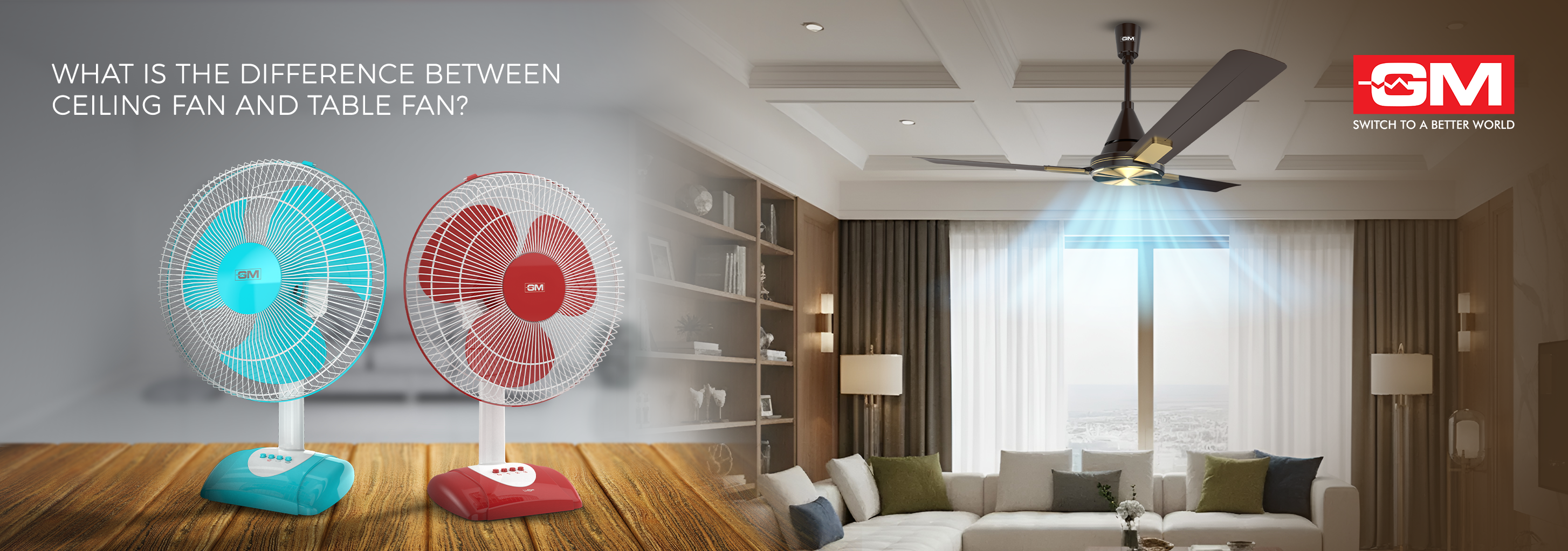
What is the Difference Between a Ceiling Fan and a Table Fan?
Fans are easy to use and save energy, so most people use them to keep a room cool and comfortable. But before you buy one, you should know what makes a ceiling fan different from a table fan. They both move air, but they do it in very different ways
Read More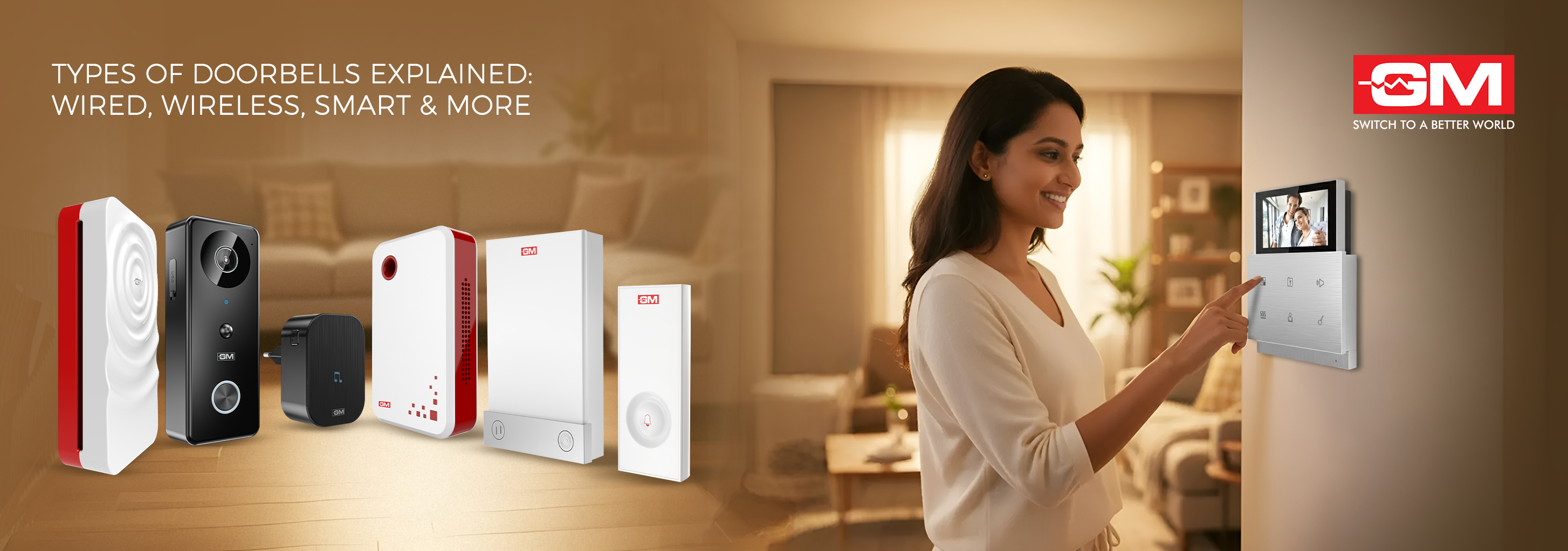
Types of Doorbells Explained: Wired, Wireless, Smart, and More
A doorbell is one of the most important parts of a home or office, but it's also one of the most common things that people forget about. It not only lets visitors know you're home, but it also makes your space more convenient, safe, and stylish. The
Read More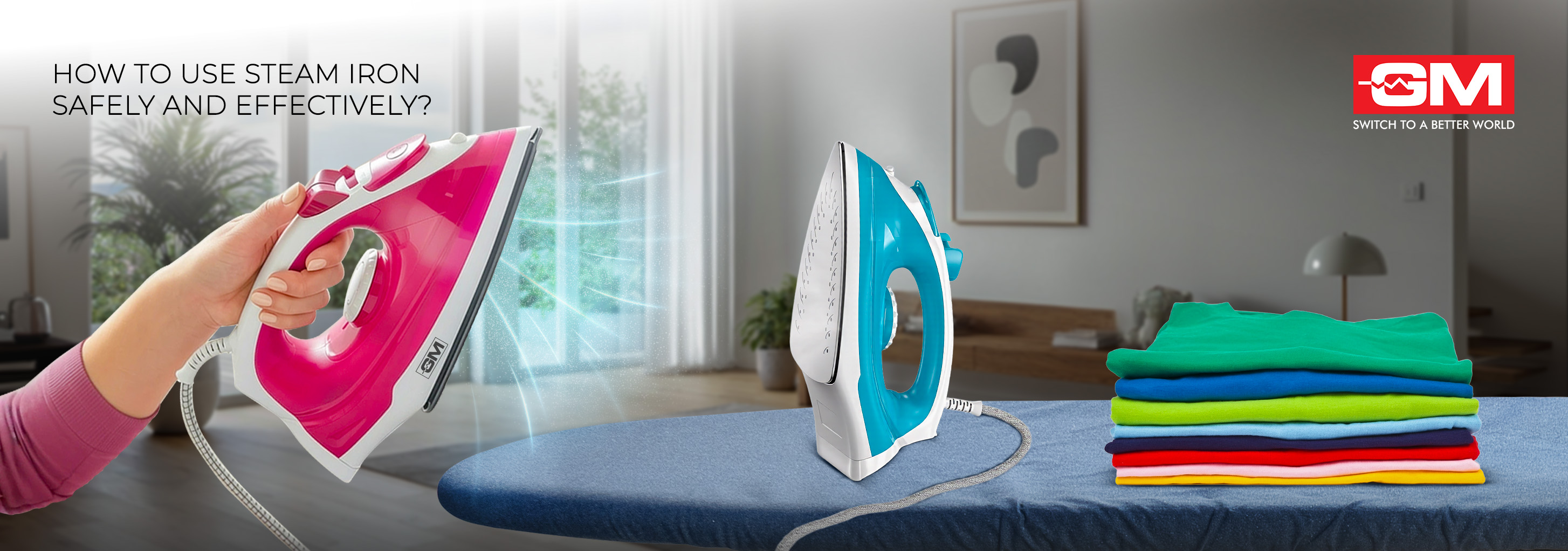
How to Use a Steam Iron Safely and Effectively?
No matter if you're going to work, a meeting, or a party, wearing a crisp, wrinkle-free outfit can boost your confidence right away. But you need to know how to use a steam iron correctly to get that perfect finish. A steam iron isn't just another ap
Read More